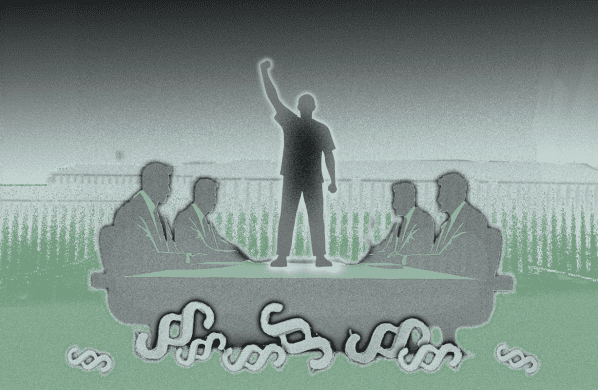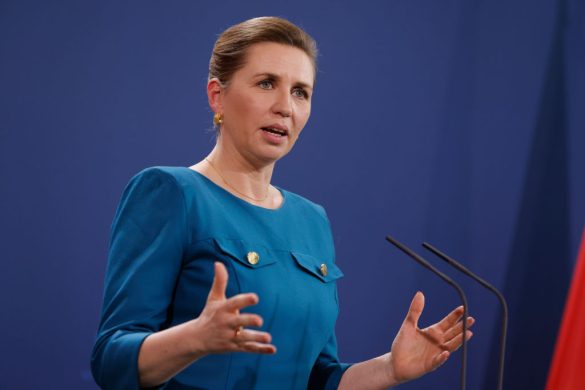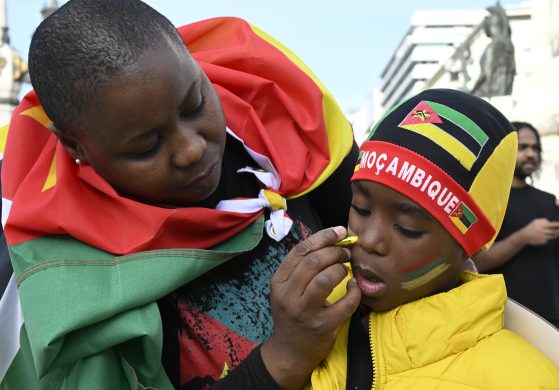Making financial services such as credit, savings and insurance more accessible to poor and low-income people can help lift them out of poverty by enabling them to start businesses, save money and better support their families, the United Nations said Wednesday.
With more than one billion people living on less than one dollar a day, microcredit could prove to be a “powerful tool” for achieving the Millennium Development Goal (MDG) of cutting in half extreme poverty by 2015, Mark Malloch-Brown, head of the UN Development Programme (UNDP), said on the eve of the launch of the International Year of Microcredit.
– The year is an effort to bring sustained public attention to one of the great success stories of development, he stressed adding: – In South Asia and Latin America a dramatic expansion of credit to the poor is taking place. It is creating a revolution at the bottom of society.
In addition, the International Year will promote innovative partnerships among governments, donors, non-governmental organizations (NGOs) and the private sector.
Joining Mr. Malloch Brown at the briefing was Jose Antonio Ocampo, Under-Secretary-General of Economic and Social Affairs, who said: – By viewing poor people as vital contributors to their local and national economies the Year has the potential to unleash a new wave of microentrepreneurship, giving poor and low-income people a chance to build better lives.
The Year observance began Thursday with the ringing of opening bells at stock exchanges around the world. Participants included recipients of the Global Microentrepreneur Awards coordinated by Harvard Business School and other graduate institutions.
Over the past five years the microfinance sector has grown at an average rate of 25 per cent to 30 percent, with 63 of the worlds top microfinance institutions having an average rate of return of about 2,5 per cent of total assets. In countries as diverse as Bangladesh, Benin and the Dominican Republic repayment rates are as high as 97 per cent.
Both Mr. Malloch Brown and Mr. Ocampo said the further expansion in microfinancing would result in cheaper interest rates for the poor, especially women who constitute a vast majority of microcredit clients.
Commercial financial institutions such as Citibank in the United States, Triodos Bank of the Netherlands and Germanys Deutsche Bank are now moving into microfinance, attracted by the “double bottom line” of making a profit and reducing global poverty, according to the Rome-based International Fund for Agricultural Development (IFAD).
– Poor people are becoming part of the global financial markets and want to access a greater range of financial services and products. To meet their needs, we have to help microfinance move closer towards the formal financial system, IFAD President Lennart Båge, a Swedish national, said.
Kilde: FNs nyhedstjeneste















